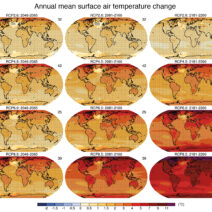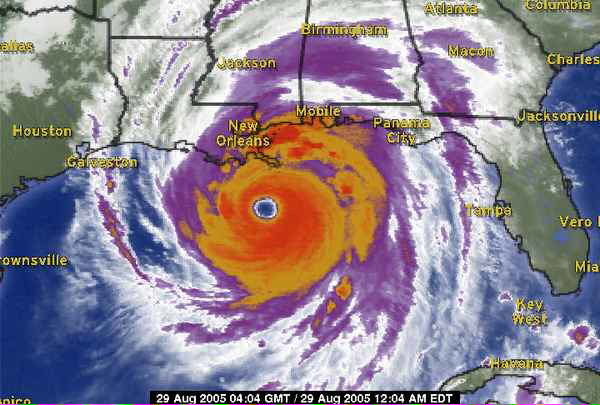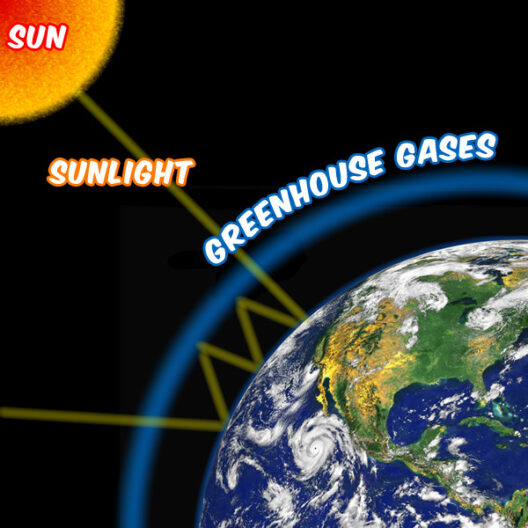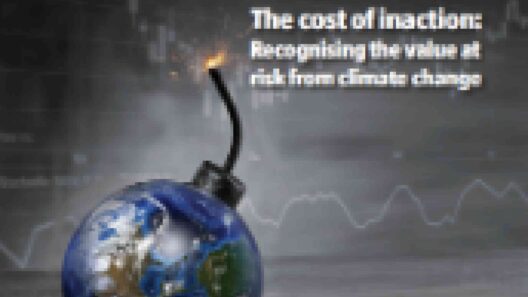The climate of the Southeast United States is a complex tapestry of meteorological phenomena, characterized by a mosaic of warm summers and mild winters. But what exactly makes the Southeast unique in its climatic patterns? As we dive into the characteristics of this region’s weather, it’s essential to acknowledge both the beauty and the challenges that arise from its distinct climate.
Firstly, the Southeast is renowned for its hot and humid summers, which can seem almost oppressive at times. A geography richly adorned with lush landscapes, sprawling forests, and vibrant wetlands contributes to this humid atmosphere. The summer months witness temperatures soaring into the upper 90s (°F), with the combination of temperature and humidity often creating a sultry feeling that clings to the skin. This specific climatic feature not only defines the outdoor experiences of residents but also poses challenges such as heatwaves and heat-related illnesses.
Interestingly, during this season, the Southeast becomes a battleground for tropical storms and hurricanes. The warm Gulf waters provide a breeding ground for these storms, resulting in heavy rainfall and formidable winds. With the hurricane season peaking from June to November, it is crucial for inhabitants to possess preparedness strategies to tackle storm surges and flooding. The historic severity of hurricanes like Katrina and Harvey reminds us of the extraordinary power of nature, and the Southeast’s geography continually tests its inhabitants’ resilience.
As summer fades, the Southeast welcomes autumn, a time when temperatures gradually decline and humidity levels become more agreeable. The stark transformation of the vibrant foliage signals the onset of the cooler months, providing a much-needed respite from the sweltering heat. This is not merely a cosmetic change; the subtle shift in climate deeply affects agriculture, impacting crops and harvest seasons significantly. A playful question arises: do these pastoral images of the “Golden Days of Harvest” mirror the actual realities faced by farmers in climate-sensitive zones?
Winter in the Southeast is remarkably different from the frigid conditions experienced in northern regions. Gentle winters characterize this segment of the climate spectrum. The average temperatures hover around the mid-50s to low 60s (°F), making frost a relatively rare occurrence. However, it is essential not to dismiss winter entirely. Southern states can experience sporadic cold snaps due to Arctic air masses, occasionally leading to surprising snowfall or ice storms. Such events create a semblance of winter wonderland yet can wreak havoc on transportation and infrastructure.
Spring emerges from the remnants of winter, heralding vibrant blooms and renewed life. While this season is delightful, it also ushers in the phenomenon known as tornado season. The unique geography of the Southeast, with its flat plains and proximity to warm air from the Gulf, contributes to the formation of severe storms. Transition periods such as this can instigate a delicate balance between awe and apprehension, as tornadoes can result in significant destruction. Thus, the question persists: how can communities better adapt to these unexpected calamities?
Throughout the year, the Southeast’s climate is fundamentally influenced by its prevailing weather patterns, specifically the subtropical jet stream. This stream plays a pivotal role in dictating the interactions between warm and cold air masses. Additionally, local topography, such as the Appalachian Mountains, further compounds these effects by serving as barriers that manipulate wind patterns and precipitation distribution.
A key aspect of understanding the Southeast’s climate involves recognizing the phenomenon of microclimates. With variations in altitude, proximity to bodies of water, and urbanization, these localized climatic variations can lead to vastly different weather conditions within a mere few miles. For a region that prides itself on its ecological diversity, this complexity presents both opportunities and challenges for land management and conservation strategies.
Climate change is another critical factor that looms over the region, necessitating urgent discourse. The Southeast is predicted to experience more severe rainfall and an increase in the frequency of extreme weather events. Such changes jeopardize not only the agricultural sector but also natural ecosystems. Efforts towards sustainability, conservation, and reducing greenhouse gas emissions must be prioritized to combat these changes effectively. However, this brings us to yet another probing question: how can citizens mobilize to ensure the climate resilience of the Southeast amidst these daunting challenges?
Ultimately, the climate of the Southeast U.S. is both a splendidly intricate and a drastically evolving landscape. On one hand, the enchanting summers and gentle winters provide a unique living experience. On the other, residents must confront obstacles posed by violent storms and shifting weather patterns, all while grappling with the long-term implications of climate change. As communities come together to foster environmental stewardship, a collective commitment to understanding and adapting to the climate realities of the Southeast is not merely beneficial but essential for thriving in the face of uncertainty.
In conclusion, while enjoying the scenic beauty and the unique climatic rhythm of the Southeast, it is equally critical to engage with the pressing issues that accompany such a dynamic environment. Addressing these questions and challenges may not only help preserve the essence of the Southeast but can also serve as a model for adaptive strategies in other regions facing similar climatic threats.







